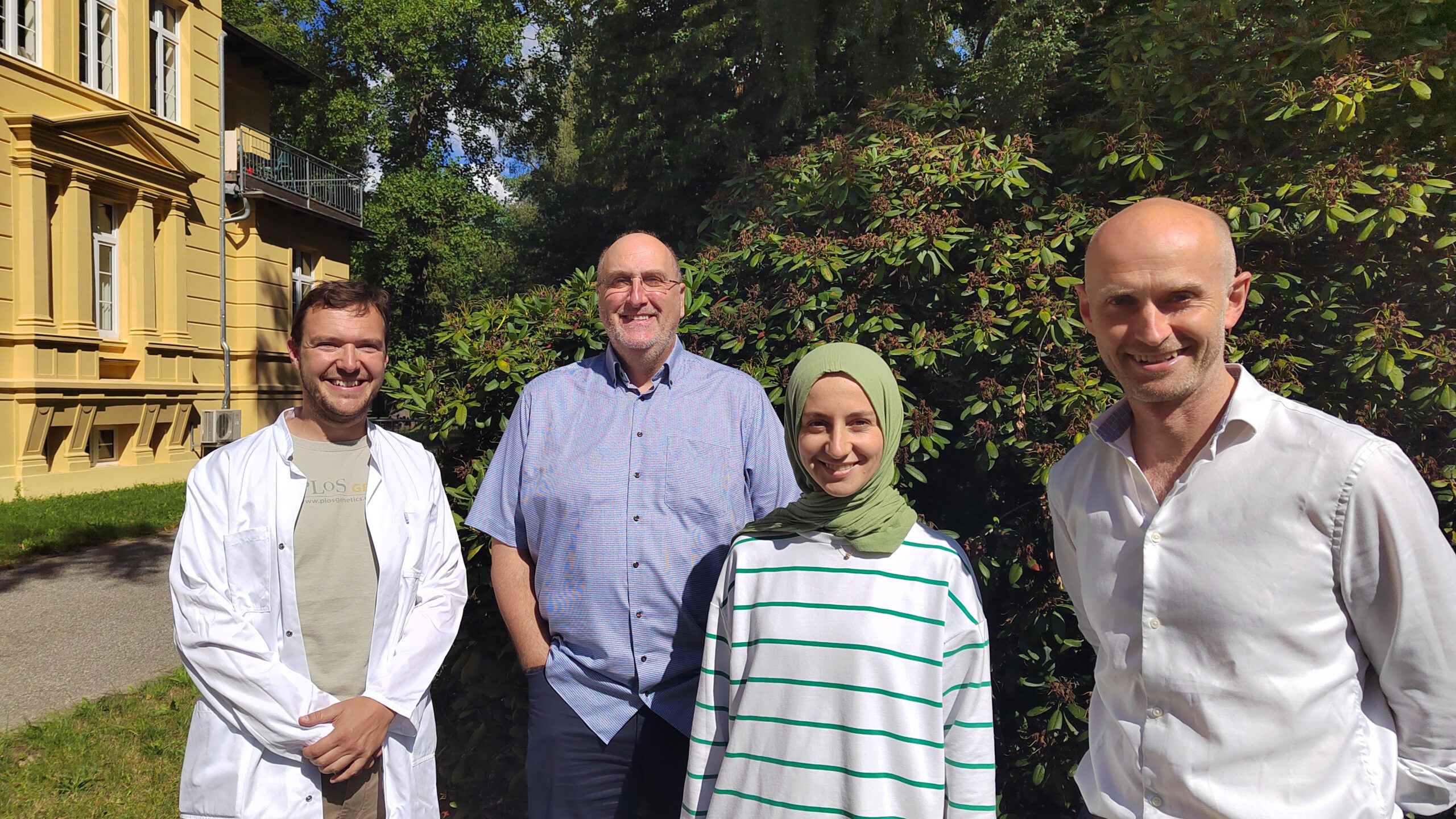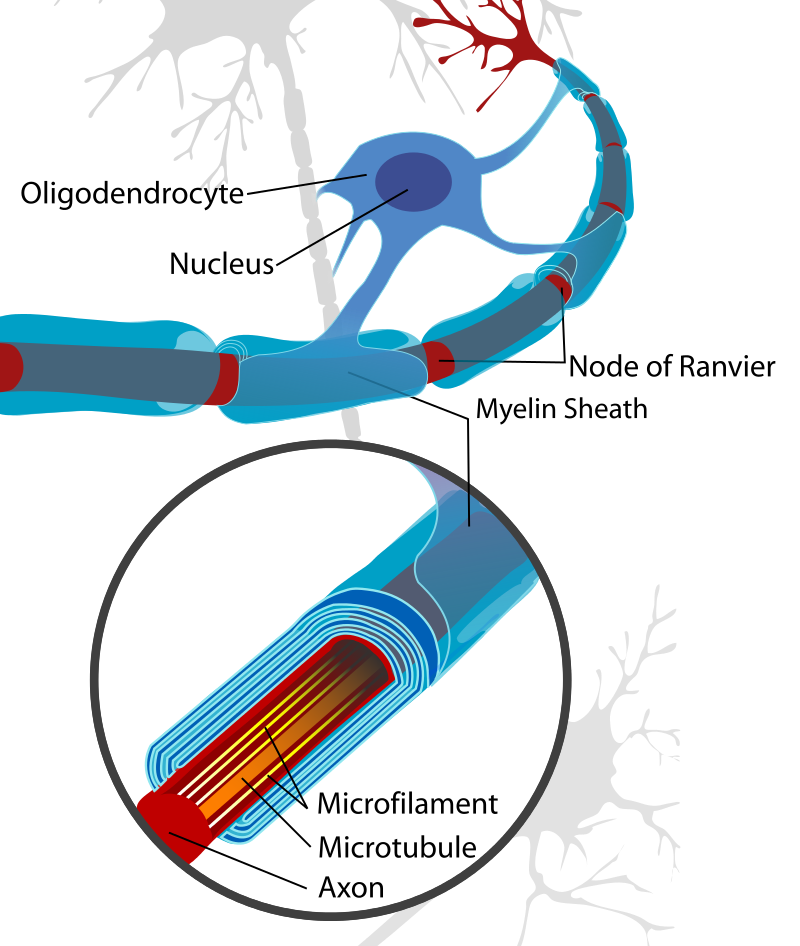Research project leads to a stem cell model of FAHN
A German team of scientists, who received a $45,000 research grant from the NBIA Disorders Association in 2020, has successfully produced a stem cell model of FAHN to help researchers better understand the disease and test potential therapies for it.
FAHN (Fatty Acid Hydroxylase-associated Neurodegeneration) is a rare form of NBIA. The type of stem cell produced by the researchers is an induced pluripotent stem cell that can be programmed to develop into any type of human cell. The team developed the stem cells from skin fibroblasts of FAHN patients. This tissue contained copies of the mutated FA2H gene that causes the disease. The special ability of a stem cell to transform into any type of cell in the body now enables the researchers to generate central nervous system cells affected by FAHN .
The team was led by Dr. Andreas Hermann, together with Dr. Moritz Frech, Dr. Jan Lukas and PhD student Fatima Efendic from Rostock University Hospital. They worked together with Dr. Sunita Venkateswaran from the University of Ottawa. She provided the skin fibroblast cell lines for the research.

Researchers working on FAHN research at Rostock University Hospital,
From left to right: Dr. Jan Lukas, Dr. Moritz Frech, Fatima Efendic and Dr. Andreas Hermann.
The research project was entitled "In vitro disease modeling of fatty acid hydroxylase-associated neurodegeneration (FAHN): Patient-specific induced pluripotent stem cells and their neuronal derivatives as human models for FAHN".
Due to the COVID-19 pandemic, there have been delays in completing the work, which are still ongoing. Third-party funding from the Center for Transdisciplinary Neurosciences Rostock at the Rostock University Medical Center will enable the project to continue until April 2023.
The researchers are planning to produce further induced pluripotent stem cell lines, each carrying different disease-relevant mutations. One focus is the development of protocols for the differentiation of these cells into oligodendrocytes.

Image: Wikipedia
Oligodendrocytes form the myelin sheath in the central nervous system, which surrounds the axons of the nerve cells and thus ensures rapid signal transmission. As degeneration of the myelin sheath occurs in FAHN patients, the team wants to investigate the causes of these myelin sheath disorders using the newly established model system.
With a better understanding of the abnormal changes in cell function that occur during disease progression, researchers can test potential therapies to see if they can reverse the effects of FAHN .
A published article on the work, "Generation of the human iPSC line AKOSi010-A from fibroblasts of a FAHN patient carrying the heterozygous mutation p.Gly45Arg/p.His319Arg", is available online for download: https://www.sciencedirect.com/science/article/pii/S1873506122002124
The latest results of the project will be presented at the 8th International Symposium on NBIA, which will take place in Lausanne, Switzerland, from October 13 to 15, 2022.
(Publication and translation courtesy of the NBIA Disorders Association. The English original appeared in the NBIA Disorders Association Newsletter, September 2022, translated with the free version of https://www.deepl.com/translator)
